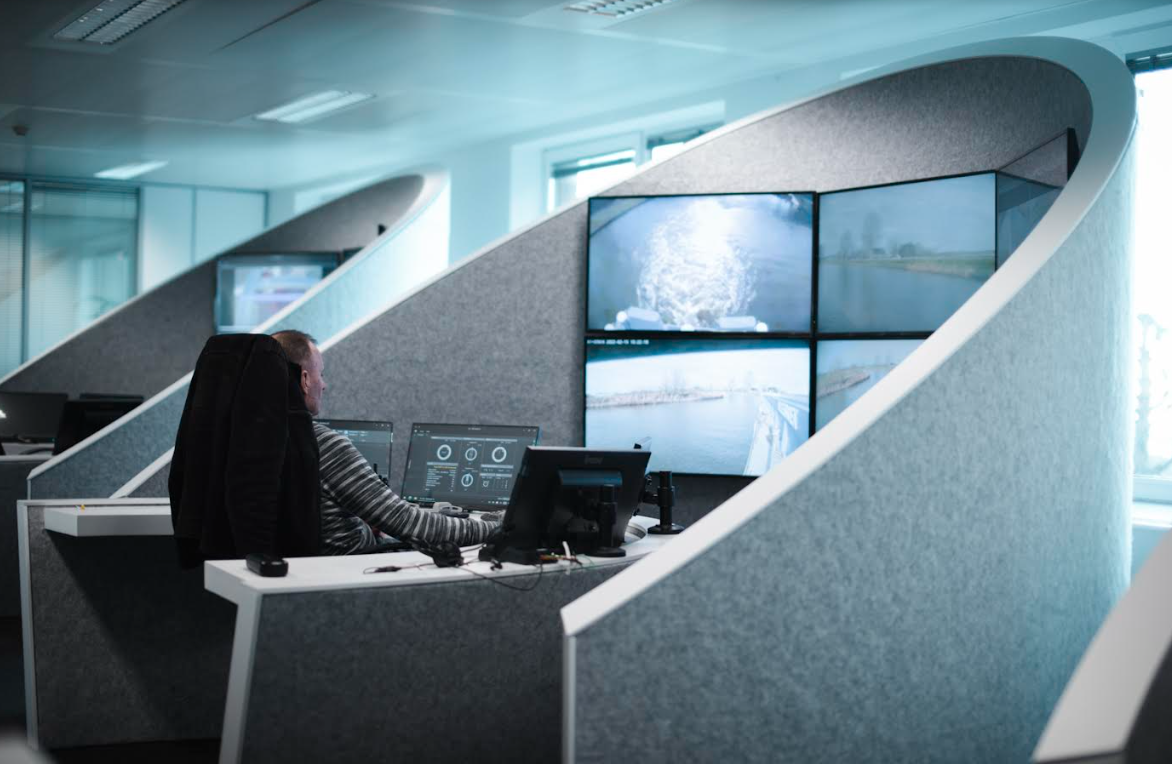SEAFAR, a provider of remote-control technology and services for unmanned and minimally crewed shipping operations, is incorporating the neXat satellite communications services platform into its remote ship navigation solution designed for the short sea shipping (SSS) sector.
This two-year initiative, co-financed in collaboration with the European Space Agency (ESA), is currently undergoing sea trials in partnership with a Belgian short sea shipping company that operates routes in the Baltic Sea and between Spain, the United Kingdom and Belgium.
The project’s initial objective is to seamlessly integrate 4G and 5G with satellite communications, creating a comprehensive managed connectivity service to facilitate the critical functions of autonomous shipping.
“Remote monitoring and control of ships address the increasing need for qualified and skilled crew, as well as reducing the risk of human error,” said SEAFAR’s chief commercial officer Janis Bargsten.
He added, “But a major barrier to the development of autonomous shipping has been the ability to access ubiquitous coverage to ensure seamless communications, situational awareness and safety.”
neXat’s platform will ensure that connectivity coverage is not lost by automatically and quickly switching from 4G or 5G to satellite as required. This means that real time data, including camera feeds and performance monitoring, and navigational information is continuously shared and ensures increased situational awareness in SEAFAR’s Remote Operations Center.
The neXat’s monitoring and management functionalities will also be integrated into the SEAFAR dashboards to provide captains with all the monitoring and management information necessary to ensure the required solution reliability.
Also, the solution – called SeaNext – will also monitor all available networks, providing a connectivity ‘heatmap’, allowing ship owners and service providers to plan ahead for coverage black spots in remote locations.
Moreover, the connection between remote operations center and the vessel uses 4G or 5G and in the case of unavailability of a terrestrial network, satellite communications are used and provided by neXat. 5G is used for higher bandwidths to send sensor data.
Additionally, the solution will provide camera streams and information about engine sounds monitor performance, position, heading, and speed of the vessel – as well as those of surrounding vessels – provided by Automatic Identification System (AIS).
The platform will also provide monitoring information through APIs for SEAFAR to collect in a machine-to-machine format and integrate into its dashboard for the remote captain to access. neXat will also develop a system that continuously monitors all the communications means that the ship might use at any time, including 4G, 5G and satellite.
The space assets that will be utilized in SeaNext are SatNAV, SatAIS, and SatCOM. SatNAV for vessel positioning using GNSS receivers is also used. This capability is crucial as GNSS receivers can receive signals from multiple satellite systems, meaning improved positioning accuracy.
SAT-AIS will be utilised for providing situational awareness to the remote captains where the vessel is out of the coverage range of ground AIS stations.
